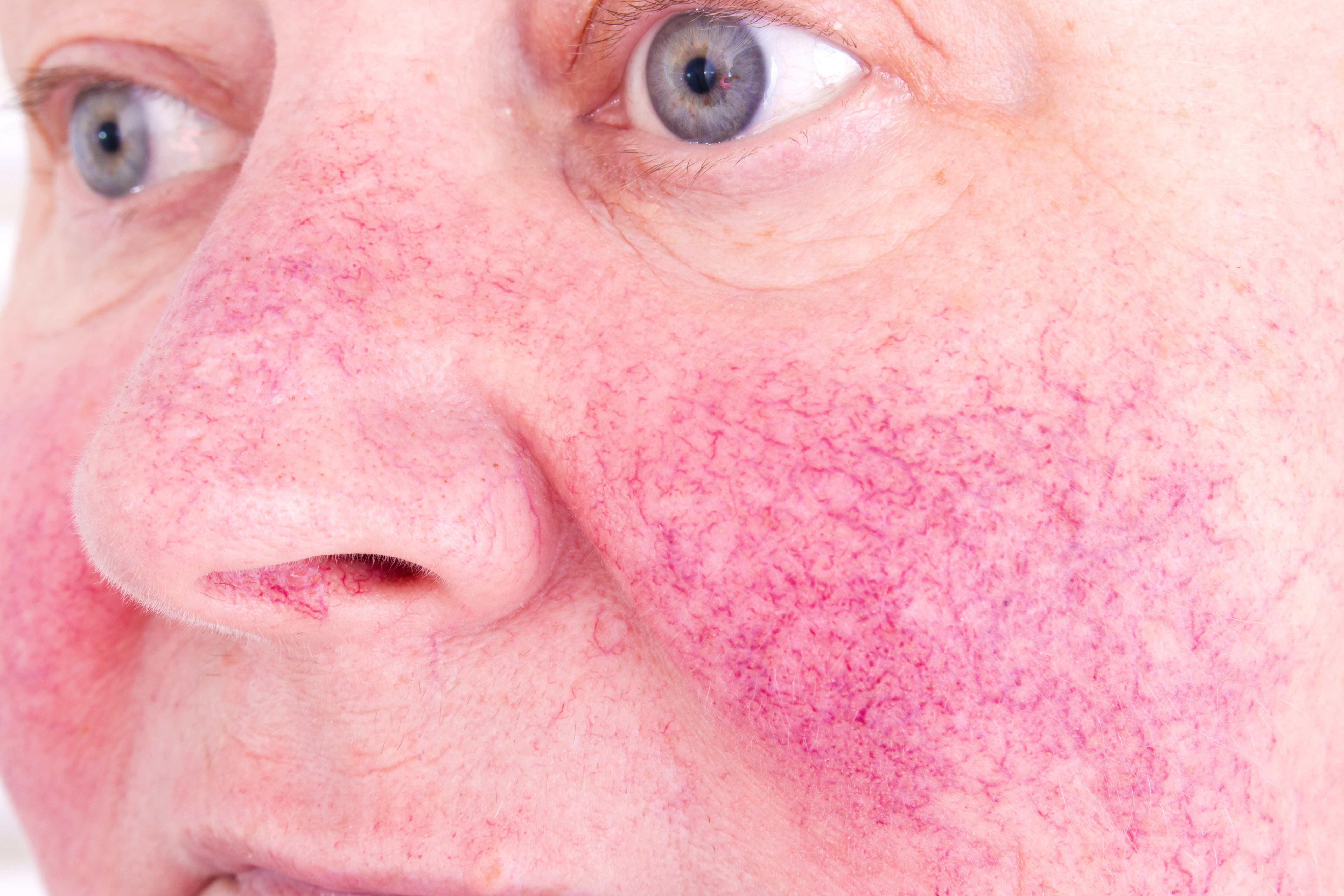- Acne
- Actinic Keratosis
- Aesthetics
- Alopecia
- Atopic Dermatitis
- Buy-and-Bill
- COVID-19
- Case-Based Roundtable
- Chronic Hand Eczema
- Drug Watch
- Eczema
- General Dermatology
- Hidradenitis Suppurativa
- Melasma
- NP and PA
- Pediatric Dermatology
- Pigmentary Disorders
- Practice Management
- Precision Medicine and Biologics
- Prurigo Nodularis
- Psoriasis
- Psoriatic Arthritis
- Rare Disease
- Rosacea
- Skin Cancer
- Vitiligo
- Wound Care
Article
Systemic antibiotics impact skin microbiota in rosacea patients
Author(s):
A recent study published in the Journal of Clinical Medicine evaluated the changes seen in the skin’s microbiota of patients following antibiotic therapy to elucidate which organisms might play the biggest role in development of rosacea symptoms.

The precise etiology of rosacea is still a mystery; however, it is thought that an imbalance of the skin’s microbiome may play a role in the pathogenesis of the disease. A recent study published in the Journal of Clinical Medicine1 evaluated the changes seen in the skin’s microbiota of patients following antibiotic therapy to elucidate which organisms might play the biggest role in development of rosacea symptoms.
RELATED: FDA approves first topical minocycline for rosacea
In healthy skin, the microbiota helps protect the body from harmful pathogens, but when the skin becomes compromised in some way, such as through injury or inflammation, the make-up of the microbiota may change.
Skin microbiome composition is crucial for correct skin immune functions, and the imbalance of the skin’s microbiota and/or the perturbation of its microbial populations have long been thought to play a key role in the development of rosacea symptoms. Moreover, the efficacy of antibiotics in rosacea treatment suggests a role for microorganisms in its pathophysiology.
In the study, researchers compared the makeup and diversity of the skin microbiota in a small group of Asian patients with rosacea before and after taking oral antibiotics, as well as comparing the skin microbiota at baseline according to age and rosacea severity. The longitudinal cohort study included 12 rosacea patients who presented with papules and pustules and no recent use of oral and topical antimicrobials or retinoids.
A total of eleven females and one male (average age of 51 years) with a median Investigator’s Global Assessment score of 3 (moderate) were enrolled in the study. Study participants received oral doxycycline, 100 mg, twice daily for six weeks. Skin areas on the cheek and nose were sampled for 16S ribosomal RNA gene sequencing at baseline, and after six weeks of doxycycline treatment.
Results showed that at baseline, staphylococcus epidermidis was the most dominant species (28%) followed by Cutibacterium acnes (13%) (formerly known as Propionibacterium acnes). The prevalence of Cutibacterium acnes was lower in the 60 years and over age group compared to the 60 years and under-age group of patients.
RELATED: Mast cells may play key role in rosacea pathogenesis
Data showed that rosacea severity increased with age and was associated with a decrease in the relative abundance of Cutibacterium acnes and an increase of Snodgrassella alvi. In all of the study patients, antibiotic therapy reduced clinical rosacea grades and was associated with an increase in the relative abundance of Weissella confusa. Results also showed that bacterial diversity was not altered significantly by the antibiotic treatment. Principal coordinates analysis demonstrated mild clustering of samples by patient and scant clustering with treatment.
Various topical and/or oral antibiotics including metronidazole, ivermectin and erythromycin are commonly used to treat the papules and pustules seen in rosacea patients and according to the researchers, the disappearance of rosacea papules and pustules with systemic antibiotics has been attributed to their anti-inflammatory activity.
“Antibiotics leading to complete abolition of the lesions rather than just blunting, as well as being more effective than agents with much more potent anti-inflammatory effect such as steroids and nonsteroidal anti-inflammatory drugs suggest that bacteria play a role in the papules and pustules of rosacea,” write authors Yu Ri Woo, M.D., and colleagues, from the department of dermatology, Incheon St. Mary’s Hospital, The Catholic University of Korea, Seoul, South Korea.
The severity of rosacea appears to be age-dependent the study authors note, and although a specific causative microbiota could not be pinpointed, a more in-depth understanding of the skin’s microbiota and its modulation through systemic antibiotic therapy can help clinicians better treat and manage this chronic inflammatory skin disease.
Disclosures:
Dr. Woo et al. report no relevant disclosures.
References:
1. Woo YR, Lee SH, Cho SH, Lee JD, Kim HS. Characterization and analysis of the skin microbiota in rosacea: impact of systemic antibiotics. J Clin Med. 2020 Jan 9;9(1). pii: E185. doi: 10.3390/jcm9010185.
Newsletter
Like what you’re reading? Subscribe to Dermatology Times for weekly updates on therapies, innovations, and real-world practice tips.













